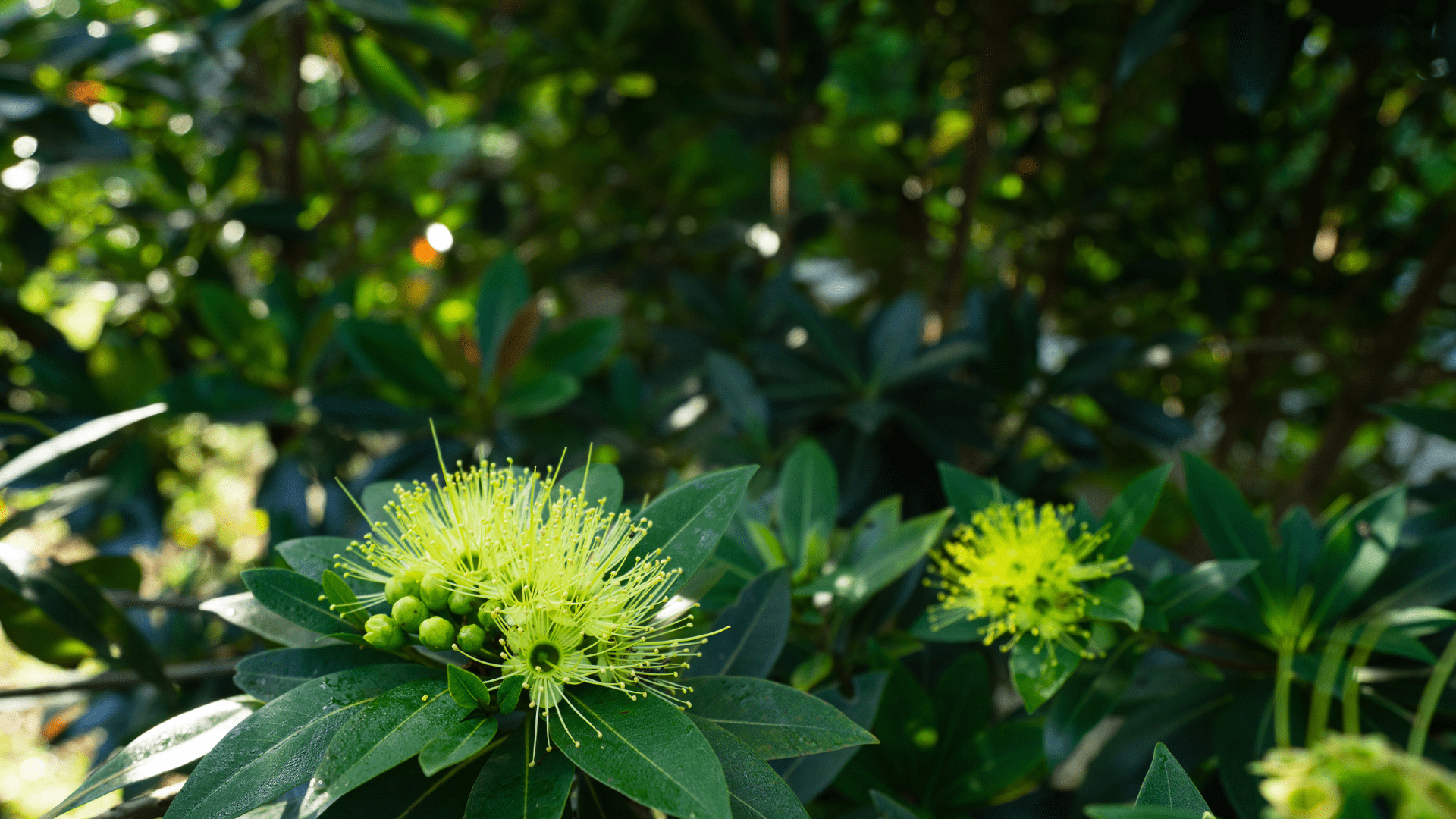
Sprouting from farming stock on his mum’s side and fine furniture makers on his dad’s side, Paul Haar reckons it's not too surprising that he's ended up as a small-scale South Gippsland farmer who likes to plant trees for fruit, wood and Landcare, and as an architect who loves to work with timber. We spoke to him about his life, work and his reflections on the GFD.
PAUL HAAR
Can you tell us about your background?
In the late 1980s, I joined with my neighbouring farmers to revegetate our valley, which at the time was pretty much only grass for cows. We became the Archies Creek Reafforestation Group, the first farm tree group to be registered with Landcare Victoria.
Together we planted around 400,000 locally indigenous trees and shrubs up and down the valley to re-create a wildlife corridor linking the Westernport and Bass coastlines.
It’s so satisfying to wander through there these days, among towering blue gums, fragrant dogwood and a riot of fungi. Ancient tree ferns we found under the blackberries have burst back to life and the return of native wildlife has been breath-taking.
My love of trees, wood and architecture has also led me to engage with the Gippsland Agroforestry Network and to help establish a not-for-profit marketplace for farm-grown and urban salvage timbers through CERES Fair Wood. I share with a growing cohort of architects a sense of responsibility for the impacts on nature and climate tied to the timber products we use in our work and so I also teach and advocate for better ways forward in this regard.
Why did you get involved with the GFD?
The eternal forest wars that rage in Gippsland and across the planet see big forest industries and environmental movements desperate to co-opt us in support of simplistic opposing agendas.
"Meanwhile, First Nations perspectives and the best of modern forest science offer more nuanced, sophisticated and helpful perspectives that I think need to be much more clearly articulated and demonstrated on the ground, to help our forests in this climate and biodiversity emergency. GFD is a breath of fresh air. It has great capacity, commitment and runs on the board in bringing diverse types of knowledge and passions together with mutual respect."
Where do you think the GFD can go from here?
It can paint a picture that’s then clearly communicated for all stakeholders and urgently trialled at scale, for appraisal by broader traditional custodian, environmental, business, science and resident communities as well as public policy makers.
Based on good faith all round, I’m confident that our dialogue, coupled with trials on the ground, will reveal new ways forward that benefit all our futures and repair the health of our forests without winners, losers or intolerable compromise.
And finally, what’s your favourite patch of forest?
I’m going exotic here. Slovenia is a small European country that's been faced with its share of wars and other hardship over the centuries. But through all of that, its people have somehow held onto a deep reverence for their natural surrounds. And gee how that shows in the northwest mountain forests surrounding Triglav National Park. (See happy snap pictured above right.)
It's an exquisite mix of deciduous and evergreen broadleaf and conifer tree species that are delicately tended with only tiny disturbances yielding fine timber for exquisite architecture in local and equally tiny villages dotted through the forest. While there, my ears led me straight to the tiny sawmill that’s in every village. While we didn't share a common language, the sawyers and I still managed to get on famously.

Drawing in extraordinary talent and knowledge across a swag of perspectives, the GFD is well placed to elicit workable agreements on what nature-centred forest stewardship across Gippsland might look like for the challenging times we have ahead.
